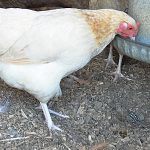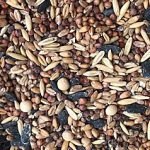
Bantam chicks shipped by mail arrive tired, hungry, thirsty, and sometimes chilled. A little extra TLC in the form of the three Ws of bantam chick care — Warmth, Water, Watch — will help ensure that your new arrivals settle safely and comfortably. Chicks hatch with yolk reserves that continue to provide nutrients for […]
Continue Reading








